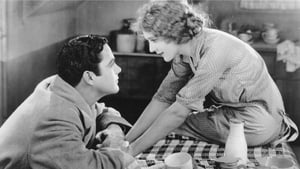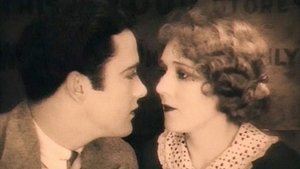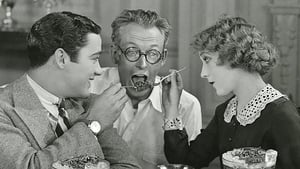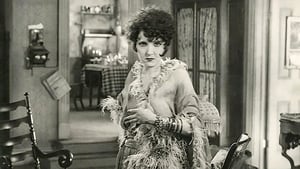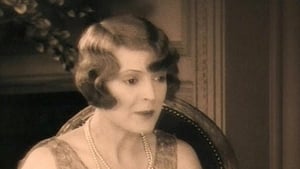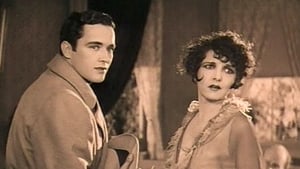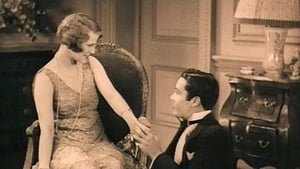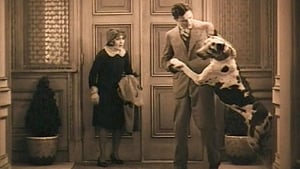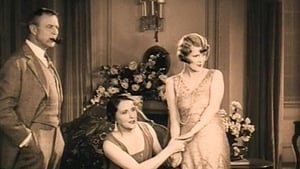Experience Golden Age Romance: My Best Girl in Colorized HD
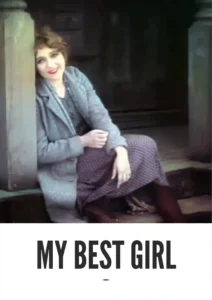
Step back into the delightful world of classic Hollywood with My Best Girl, the beloved 1927 romantic comedy starring the iconic Mary Pickford and Charles “Buddy” Rogers. Directed by Sam Taylor, this charming silent film tells a heartwarming story of love blossoming across class lines. The colorized version enhances the film’s sweet and humorous moments, making it a perfect treat for both longtime fans and new viewers.
Storyline: A Love Story Across the Counter
My Best Girl follows the story of Mary, a cheerful and hardworking young woman who works as a salesgirl at a Woolworth’s-like five-and-dime store. Unbeknownst to her coworkers, she is secretly the store owner’s daughter. When Joe, a handsome young man, starts working at the store, Mary is instantly smitten. As they navigate the ups and downs of their workplace, their attraction grows, leading to a sweet and comical romance.
The Cast of My Best Girl
My Best Girl boasts a delightful cast led by two of the silent era’s biggest stars:
- Mary Pickford as Mary
- Charles “Buddy” Rogers as Joe
Historical Significance: A Pickford Classic
My Best Girl is a significant film in Mary Pickford’s career, showcasing her talent for both comedy and heartfelt emotion. It’s a prime example of the lighthearted and optimistic spirit of 1920s Hollywood, offering a glimpse into the culture and values of the era. The film’s enduring popularity is a testament to its timeless appeal.
Colorization Details: Bringing Charm to Life
This colorized version of My Best Girl has been carefully crafted to enhance the film’s warmth and humor. The addition of color brings vibrancy to the charming sets and costumes, making the characters and their story even more engaging.
Technical Specifications
- Original Title: My Best Girl
- Genre: Romantic Comedy, Silent Film
- Director: Sam Taylor
- Runtime: Approximately 89 minutes
- Aspect Ratio: 1.33:1
- Color: Colorized (Originally Black and White)
Download Details
- Download Format: MP4
- Resolution: HD (1080p)
- Compatibility: Compatible with most devices including smartphones, tablets, computers, and smart TVs.
Relive the Magic of Silent Romance!
Download your HD colorized copy of My Best Girl (1927) today and experience the joy of this classic romantic comedy! A must-have for every classic film collection.

